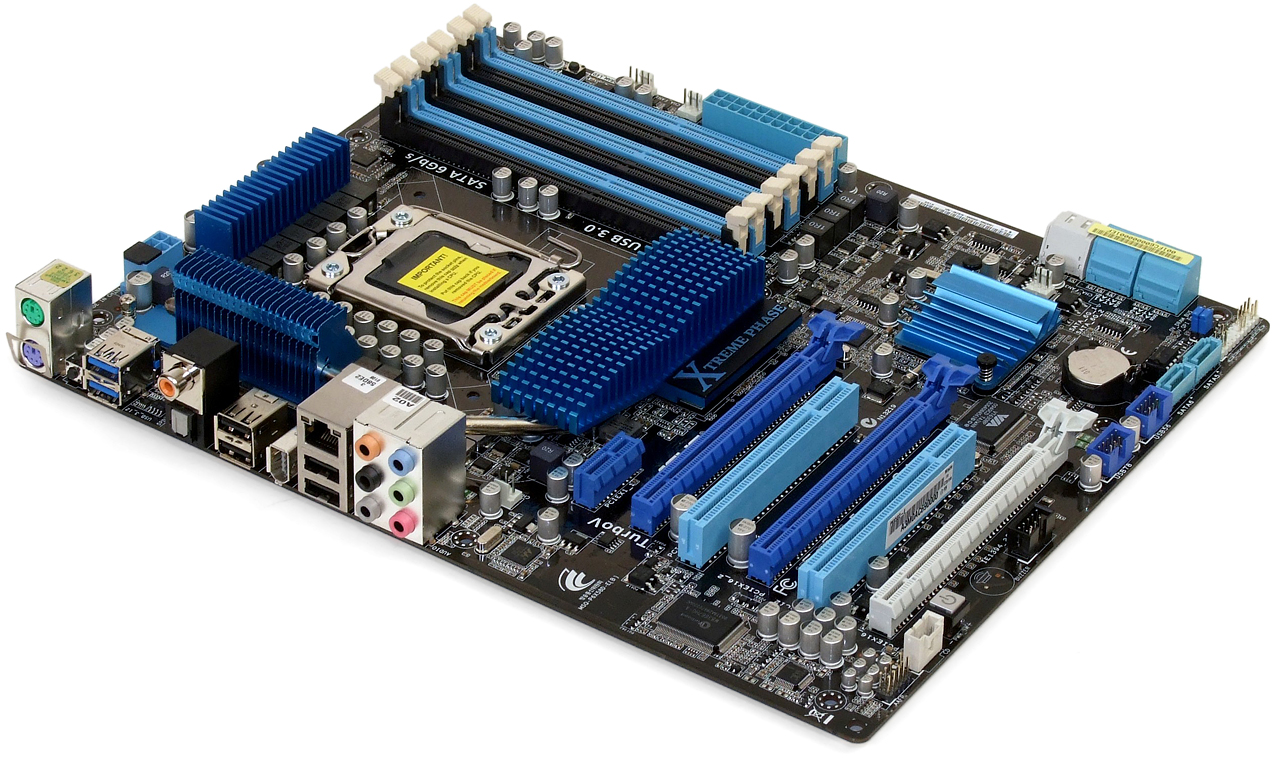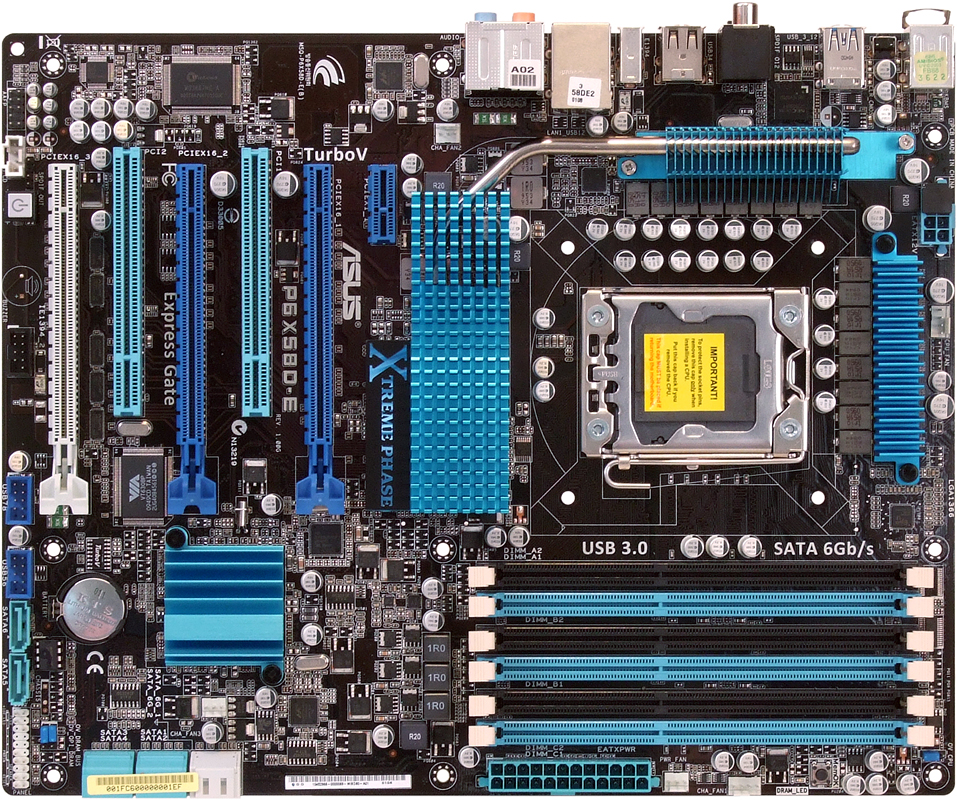X58 In 2010: Four LGA 1366 Boards With USB 3.0 And SATA 6Gb/s
The March 2010 launch of Intel's hexa-core Core i7-980X gave us a good reason to revisit the LGA 1366 interface. Today, we're looking at four new X58 Express-based motherboards that tie USB 3.0 and SATA 6Gb/s support in to Intel's flagship platform.
Asus P6X58D-E
Nearly anyone who liked the P6X58D Premium relaunched last December, but pined for a lower price, will want to take a very close look at the newer P6X58D-E, a $240 product that's only lacking the onboard Express Gate flash drive, a secondary Ethernet connection, and an onboard reset button compared to its $300 predecessor.
For a mere $20 more than Asus' basic P6T, the P6X58D-E rids itself of the lower-cost part’s biggest weakness, while adding several features and only one other flaw. Enhanced features, like the 2-port USB 3.0 and 2-port SATA 6Gb/s controllers, will get the most attention from buyers.
The addition of PCIe pathway switches between the second and third x16-length slots address the biggest weakness of the less-expensive P6T, enabling x16-x8-x8 transfer modes when three high-bandwidth cards are installed or x16-x16-x1 modes when only one or two are present. The cheaper P6T was permanently stuck at x16-x16-x4 mode, compromising the performance of triple-graphics-card arrays.
The P6X58D-E isn’t issue-free, though, as it (and all other boards of similar slot arrangement) requires a nonstandard eight-slot case in order to “properly” support a third double-slot card, which is a step backward for ease-of-installation compared to the older, low-budget P6T.
While the P6X58D-E and its predecessor are based on the same design, Asus eliminated the solder points of every part it eliminated from this cheaper model. The only problem we have with the new PCB is that by eliminating the pathways previously used for the more expensive board’s Express Gate flash drive, Asus also eliminated the two USB ports that could have been opened up by simply putting nine pins in the same location. Both products have two fewer USB 2.0 ports than the chipset supports.
The P6X58D-E is about as close to legacy-free as any successful motherboard has been, lacking serial, parallel, floppy, and Ultra ATA connectors. That’s usually fine with us, since few performance PC buyers are interested in attaching older, slower components.
One other potentially-problematic layout decision is the placement of two of the chipset’s SATA 3Gb/s ports along the P6X58D-E’s bottom edge, a location where the ports would normally be blocked by the extended heat sinks of long graphics cards. Fortunately, cables with 90° ends can typically fit under a graphics card’s heat sink
Get Tom's Hardware's best news and in-depth reviews, straight to your inbox.
BIOS Features
Asus’ long overclocking history lends familiarity to its Ai Tweaker menu, and all the features most overclockers need are easily found.
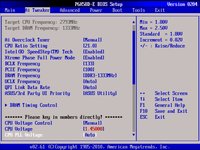
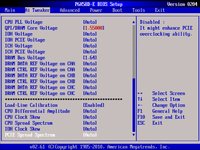
In addition to the expected clock ratio and component voltage settings, the P6X58D-E includes DRAM reference voltage, signal amplitude, and clock skew settings.
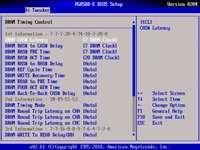
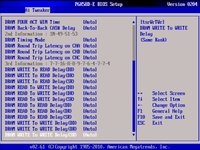
Most users will find the P6X58D-E memory timings controls somewhat overwhelming, but Asus puts the settings most tuners are familiar with at the top. Automatic settings for individual timings and a full list of detected timings are also helpful.

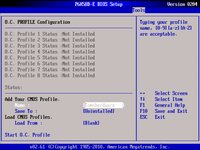
With no Express Gate flash drive, the P6X58D-E relies on a hard drive to install the associated SplashTop OS. Other features include Asus EZ Flash 2 GUI for updating BIOS from non-bootable drives, and Asus O.C. Profile for storing up to eight custom BIOS configurations as user profiles.
Accessories
The P6X58D-E installation kit contains a three-way SLI bridge in addition to the basic parts needed for installation. Only two of the four SATA cables are SATA 6Gb/s-rated because only two of the motherboard’s ports support the higher speed.
